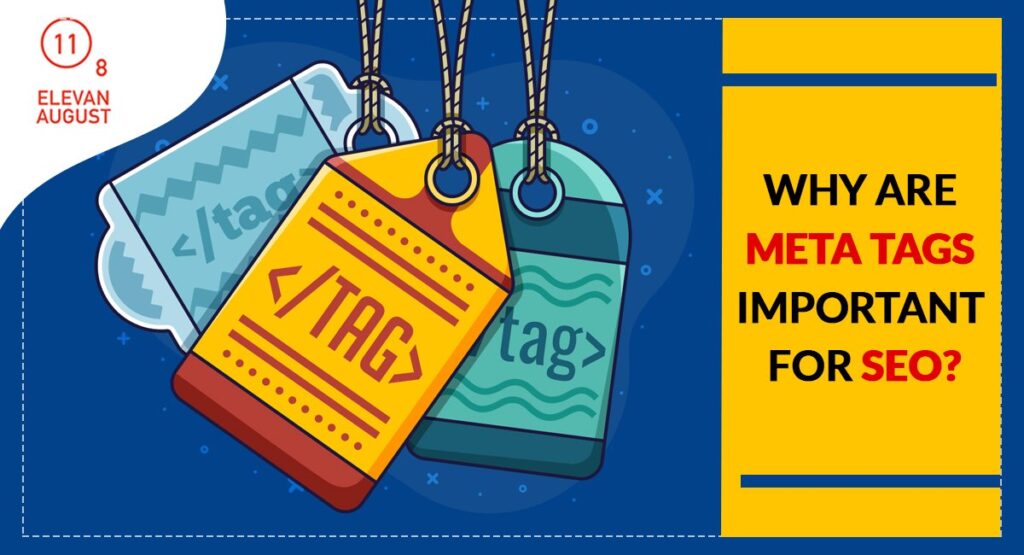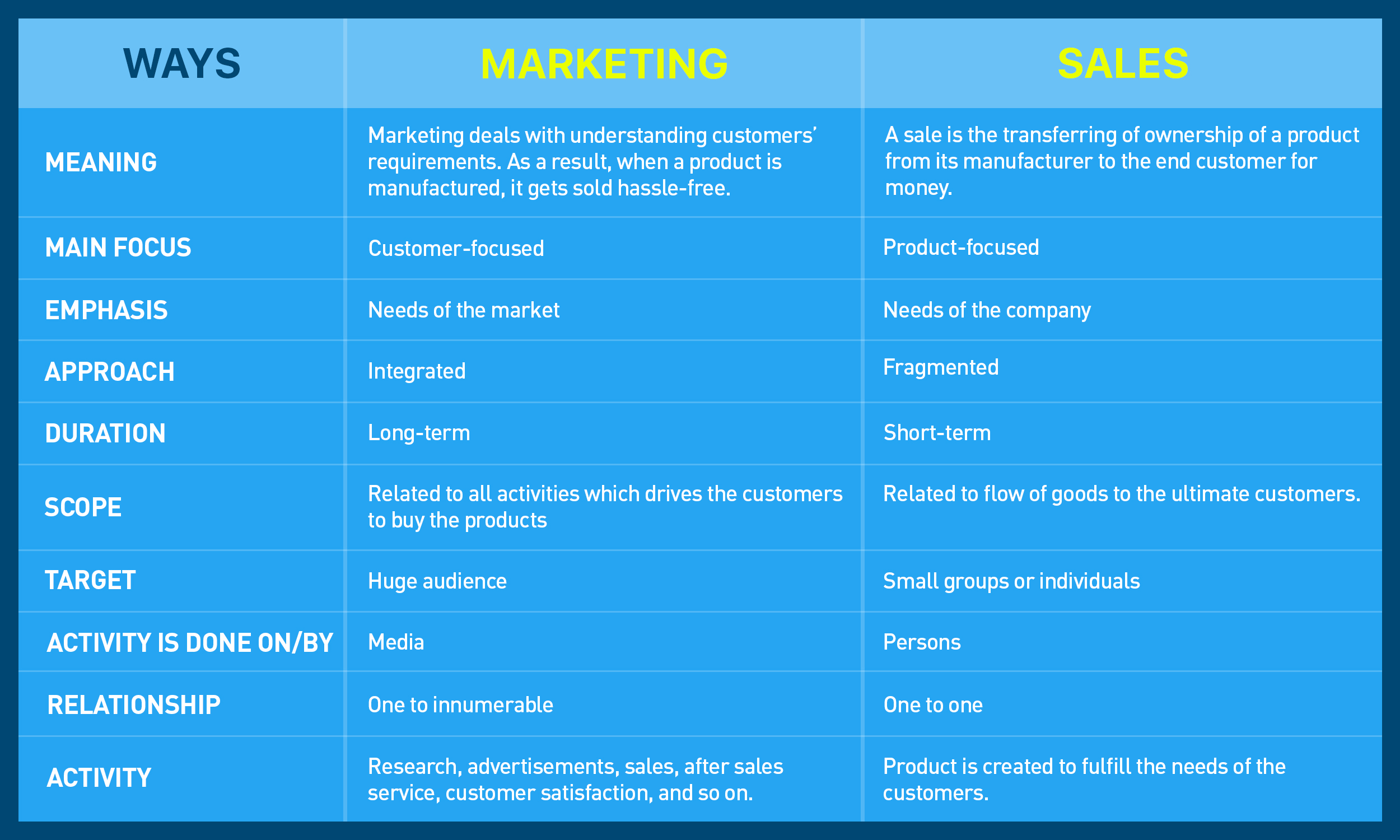Meta tags are text snippets that help describe the content of a web page. However, it doesn’t appear on the web page; instead, you can find them in the page’s source code. You need to include Meta tags for individual web pages to inform search engines what they are about. A digital marketing services agency Singapore can help optimize your Meta tags for search engines. In addition, this blog will discuss the critical Meta tags on your web page important for SEO.
Important Meta tags for SEO
It is critical to inform search engines what your content is about to appear on SERPs for relevant search queries. Meta tags help your audience get a first impression of your page on SERP. Therefore, you need to frame your Meta tags in ways that encourage audiences to click on them and visit your site. Let’s discuss the crucial Meta tags for SEO.
Meta title/ Title Tag
A title tag is the first HTML tag that introduces your specific web page to audiences. When optimising title tags for SEO, you need to keep the following aspects in mind.
- Title tags should be between 55 to 60 characters
- Include targeted keywords
- Add action words such as why, what, where, and how
Besides, SEO experts suggest the following are best practices for optimising title tags.
Remember the pixel limit
Search engines like Google allow a 600-pixel width limit for title tags. If your title tag exceeds that limit, Google will cut it off. Such title tags are called Truncated title tags. Therefore, while framing your title tags, include all crucial information within the said pixel limit.
Avoid duplicate title tags
Duplicate title tags can confuse search engines about which page to rank. It further causes a lower ranking for your page. Hence, you must ensure that your title tags are unique to each page on your website.
If you are unsure how to optimise your title tags, feel free to consult an SEO agency Singapore. They can help optimise the critical Meta tags for individual web pages for SEO.
Meta description
Meta description tags give your audience a short description of what an individual web page is about. SEO experts suggest the following Meta description best practices to optimize them for SEO.
- Keep your Meta description between 120 – 158 characters
- It should be short but descriptive
- Include targeted keywords within the description
- Create Meta description unique to individual pages on your website
- Include proper call-to-action (CTA) in your Meta description
Canonical tag
Sometimes, it is difficult for Google to identify the original version of your web page due to multiple versions being present. For instance, if your site has versions in both http:// and https://or has separate versions with or without the ‘WWW’ prefix with the same content, search engines will consider them as duplicates of the original. Therefore, you need to use a canonical HTML tag to help search engines identify the original version. In this regard, use the attribute of ‘rel=canonical’.
Alternative text (Alt) tag
Unlike humans, search engines cannot read visual content, irrespective of an image or video. As a result, you need to add alternative text or alt tags to help search engines or a visually impaired audience to understand the context of the image used on individual web pages.
When creating an alt tag for your visual content, ensure it includes proper information and a description. However, it should not be more than 100 characters. Besides, it must include the targeted keyword. In this regard, avoid keyword-stuffing your alt tags.
Meta robot tag
Another critical Meta tag to improve your website’s SEO is the Meta robot tag. These are pieces of code that inform search engine crawlers which page to crawl and index. Hence, optimising your Meta robot tags properly is critical as it can directly affect your website’s rankings. This tag provides the following main instructions to the crawlers.
- Follow – It informs search engines to follow all links on your web page
- No-follow – It informs search engine crawlers to not to follow any link on your web page
- Index – It permits search engine crawlers to index your web page
- Non-index – It tells search engine crawlers not to index specific web page
Heading tag
The header or heading tag provides structure to your content. It helps separate headings and subheadings from the rest of the content. These tags rank in order of importance, from H1 to H6. Header tags are usually used in the following ways.
H1 – It is used for the page title and is usually keyword-centric. They are framed in such a way as to grab your audience’s attention.
H2 – These are used for subheadings to highlight and separate different sections and paragraphs.
H3 – These are subsections used to highlight the points made under H2.
H4 – These can be used to elaborate on the points made in H3.
Usually, header tags from H1-H3 are mostly used to maintain the readability of the content. SEO experts believe that unless required, one should not use H4 tags. In addition, it is better to avoid H5 and H6 tags altogether, as with such subheadings, readers can further get confused.
Takeaway
Irrespective of your website types, you need proper SEO strategies to rank on SERPs for relevant search queries. In this regard, you need to optimise the Meta tags of individual web pages.
Elevan August Media helps run an SEO audit on your website to offer you proper suggestions on areas that need optimisation. Accordingly, we offer the required SEO digital marketing services Singapore to help improve your website’s search ranking for relevant queries to drive quality traffic. If you are unsure how to optimise your Meta tags and need an expert’s guidance, feel free to contact us.






